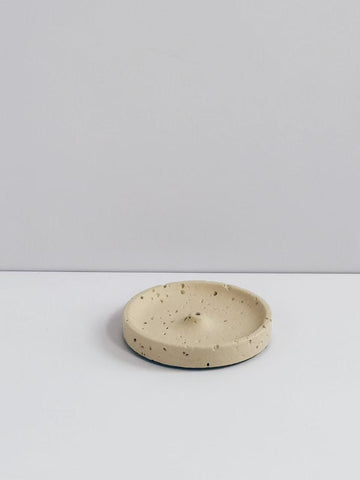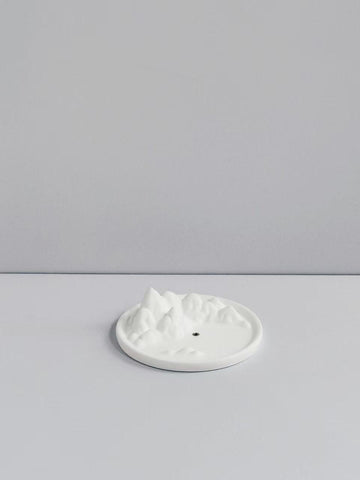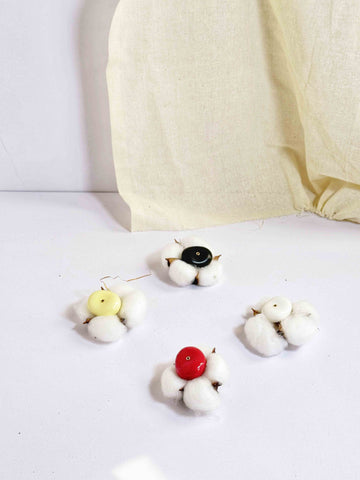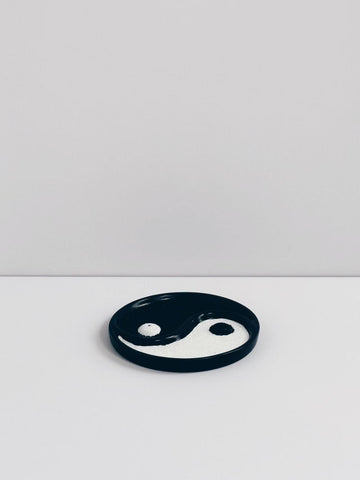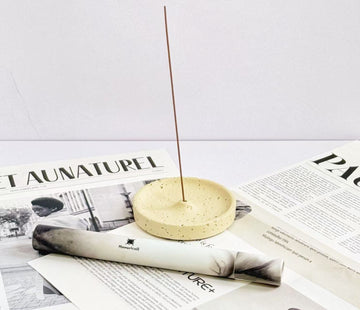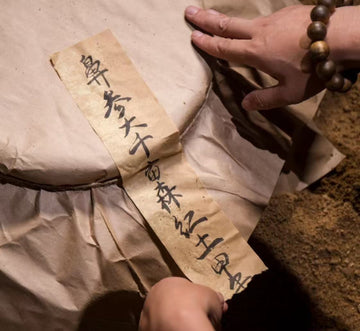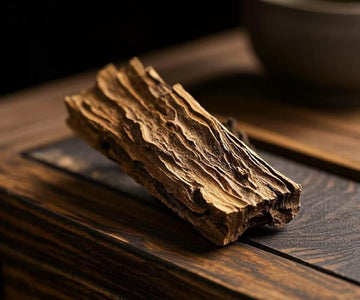For centuries, Chinese incense stick have been revered not only for their delicate fragrances but also for their cultural, spiritual, and medicinal significance. From ancient rituals to modern mindfulness practices, these aromatic treasures embody a legacy of craftsmanship and tradition. In this guide, we’ll explore the rich history of Chinese incense sticks, the premium materials used in their creation, and step-by-step insights into how to make incense sticks the traditional Chinese way.
I. The Timeless History of Chinese Incense Sticks
1. Origins: From Ancient Rituals to Spiritual Symbolism
Chinese incense culture, or xiāng dào (香道), dates back over 5,000 years. Archaeological discoveries from the Neolithic era, such as the Red Mountain Culture and Liangzhu Culture, reveal primitive ceramic incense burners, proving that early Chinese civilizations used fragrant herbs for ceremonial purposes. By the Shang and Zhou dynasties (1600–256 BCE), incense became integral to rituals, symbolizing purity and communication with the divine.
The term “incense” (xiāng 香) originally referred to the aroma of grains like millet and black glutinous rice. Offerings of fragrant herbs like mugwort and orchids were burned to honor ancestors and deities. The Book of Documents (尚书) states: “The finest fragrance touches the spirits; virtue is the true aroma.”

2. The Golden Age: Han to Song Dynasties
During the Han Dynasty (202 BCE–220 CE), trade along the Silk Road introduced exotic resins like sandalwood, agarwood, and dragon’s blood. These materials transformed incense-making, shifting from simple herb burning to sophisticated blends. The iconic Boshan incense burner, shaped like a mythical mountain, became a symbol of Han-era luxury.
By the Song Dynasty (960–1279), incense culture reached its zenith. Scholars, poets, and nobles embraced incense as a daily ritual for meditation, literary inspiration, and health. The Compendium of Materia Medica (本草纲目) by Li Shizhen documented incense’s medicinal uses, while Song-era artisans perfected “hundred-mark incense seals”—precisely timed incense coils used as clocks.

3. Global Influence: From China to Japan and Beyond
Chinese incense sticks (xiànxiāng 线香) gained prominence during the Ming Dynasty (1368–1644). The term “xiànxiāng” (literally “thread incense”) first appeared in Ming texts, describing their slender, uniform shape. By the 18th century, Chinese techniques spread to Japan via Fujian-born craftsmen, laying the foundation for Japan’s revered kōdō (香道) tradition.
II. Materials: The Essence of Chinese Incense Sticks
The allure of Chinese incense sticks lies in their harmonious, natural ingredients. Traditional recipes prioritize:
1. Sacred Woods
-
Sandalwood (檀香木): Known for its creamy, woody aroma, sandalwood calms the mind and is often used in Buddhist rituals.
-
Agarwood (沉香木): The “Wood of the Gods,” agarwood’s rich, resinous scent is rare and highly prized.
-
Lakawood (降真木): A lighter, creamy wood used to balance stronger fragrances.
2. Natural Binders
-
Nanmu Bark Powder (楠木粘粉): Derived from the bark of the Litsea glutinosa tree, this non-toxic binder ensures smooth burning.
3. Herbs and Resins
-
Clove, star anise, cinnamon, and chrysanthemum add complexity, while camphor and borneol enhance medicinal properties.
III. How to Make Incense Sticks: The Traditional Chinese Process
Creating Chinese incense sticks is a meditative art requiring patience, precision, and respect for nature. Here’s an overview of the 8-step method used by master artisans:
1. Selecting and Preparing Materials
-
Harvesting: Only mature, high-quality woods are chosen. Agarwood, for instance, must be naturally infected with mold to produce resin.
-
Cleaning: Ingredients are washed, dried, and sorted to remove impurities.

2. Grinding and Blending
-
Crushing: Woods and herbs are pounded in stone mortars or ground with mills.
-
Sifting: Powders are filtered to achieve uniform texture—coarse grains for slow-burning base notes, fine powder for top notes.

3. Herbal Processing
-
Steaming/Boiling: Toxic ingredients like certain roots are detoxified.
-
Fermenting: Some blends are aged in clay jars to deepen their aroma.
4. Mixing with Binders
-
Makko powder is blended with water and kneaded into dough-like “incense clay.”
-
The mixture is repeatedly folded and pressed to eliminate air bubbles.

5. Shaping the Sticks
-
Extrusion: The clay is pressed through a bamboo tube or metal mold to form slender sticks.
-
Hand-Rolling: Artisans roll the sticks on wooden boards for smoothness.
-


6. Drying and Curing
-
Natural Drying: Sticks are hung in shaded, well-ventilated rooms for 7–15 days.
-
Aging: Premium incenses are stored for months to allow fragrances to meld.

7. Quality Testing
-
Burn Test: Sticks must emit steady smoke, even ash, and no chemical aftertaste.

8. Packaging
-
Incense is wrapped in handmade paper or stored in ceramic jars to preserve freshness.
IV. The Philosophy Behind Chinese Incense
Unlike Western perfumes, Chinese incense sticks prioritize balance and subtlety. Blends follow Taoist principles of Yin-Yang harmony and Five Elements theory:
-
Woody scents (Earth) ground the spirit.
-
Floral notes (Metal) purify the air.
-
Spicy resins (Fire) invigorate energy.
V. Reviving a Lost Art
Today, artisans in Fujian, Guangdong, and Taiwan strive to preserve traditional methods against mass-produced synthetics. Workshops like Guangzhou’s Yongfengxiang, established in 1862, still use Ming-era recipes to craft incense for temples, tea ceremonies, and mindful living.
The Soul of Chinese Incense Sticks
Learning how to make incense sticks the Chinese way is more than a craft—it’s a journey into history, nature, and self-awareness. Each stick carries the whispers of ancient rituals, the patience of master artisans, and the serenity of a culture that found divinity in fragrance. Whether used for meditation, healing, or simply to savor a moment of peace, Chinese incense sticks remain a timeless bridge between earth and heaven.

